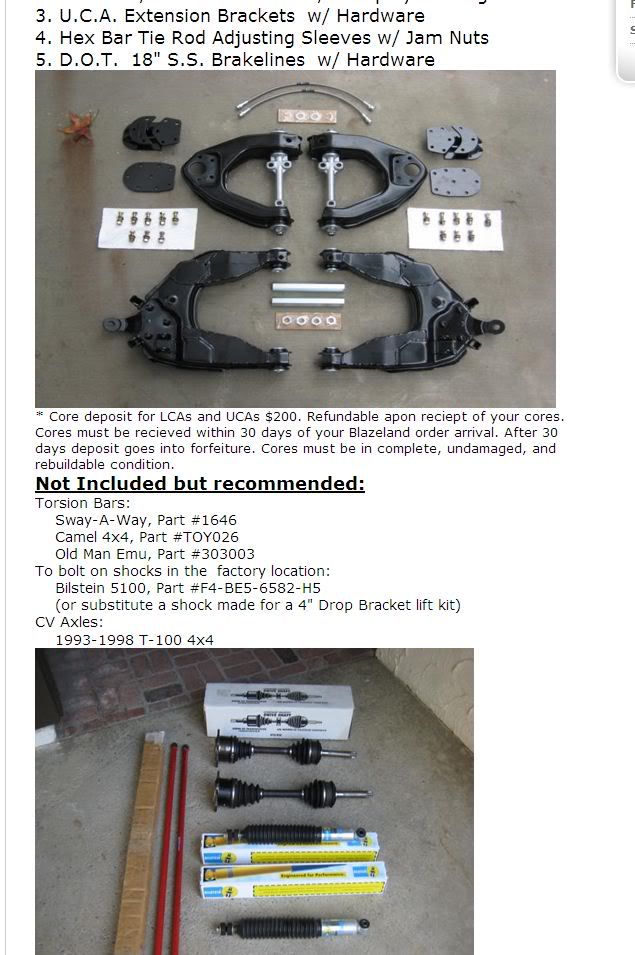When I searched for "22re surge" or "22rte surge" I didn't get hits with answers. So many of the page hits I was getting all talked about a funky idle, which I was not seeing.
So I changed by search to "22re surge -idle"
Red herring.
I picked 22RE instead of 22RTE since I figured the turbo wasn't relevant. This part was correct.
Turns out "22re miss" or "22re hesitation" worked much better. I finally found a page which both seemed to describe my issue AND had an answer - TPS.
I used 4Crawler's excellent site to troubleshoot the issue:
Toyota 2.4L/3.0L Throttle Position Sensor
Turns out this was the TPS. Measurements between IDL and E2 showed it had a problem, as did the ECU, throwing a code 7. And, because it's a turbo, it also blinked 14 times, which is very different than how it provides other codes (1 flash, pause, 4 flash is what I would have expected). Blinking 14 times is... Turbo overboost. Yep, I know all about that. >:)
Some quick comparisons of how it runs with the new TPS compared to what it's been doing for the past few weeks:
1. It's back to being as powerful as I expected
2. It goes up steep hills in OD again, doesn't need me to shift it down to 3rd.
3. The sproingy shifts into 3 and OD went away.
4. Gas MPG is... well, that verdict is out still. My last tank was 13.5, so I'm REALLY hoping to see 17 on this one. Or more is good!
Adjusting or Replacing the TPS
Carquest in town both stocked the part, and also had a great price.
It was 99 degrees out here today, but also quite humid. It doesn't help that I have a pin backing out of my ankle. I spent most of the day on the couch with my foot up. It's not unmanageable, but I do feel it. Surgery is Wednesday.
You get one guess which pin (aka screw) it is. :)
Since it's hot and I'm not into moving a lot at the moment anyways, I didn't get to working on it until after dark. This means no pictures.
I would have gotten to it sooner, but I had to run and get the part and close out a few honey-do's.
4Crawler's site above has some pics, but let me add some additional detail.
Last Christmas, the kids and wife got me a great LED headlight from Brookstone. I usually think they're overpriced on most of their stuff, but this headlamp has been awesome. It angles from straight ahead to 90 degrees down with positive detents, has a bright, low-beam, and SOS setting, and seems to run just about forever on 3 AAA batteries. I totally dig it. It sure beats sitting there with a AA (or D!) Mag Lite in your mouth! LOL
The TPS uses 2 philips screws to hold it on. There is no way you're going to get to the bottom one without some work. 4Crawler sells allen screws, in case you want to use a wobble allen to adjust it in the future. I don't expect to touch mine again until it goes bad.
To get to the bottom screw, you have to remove the throttle-body. It's pretty straightforward - 3 vacuum hoses, move the temperature sensor wire out of the way (remove it, don't forget to reinstall it!)
If you have a turbo using the stock metal pipe like I do (I don't have a CT20, instead my metal pipe was extended to fit the TEC turbo by welding in a new section), pull the intake-tube boot at the throttle body. I assume for normally aspirated trucks there's enough flex, but it most likely will be easier to just pull the intake boot too.
The trick with the boot on a turbo is to lubricate the metal pipe behind the boot, loosen the boot, and twist/slide it up the tube, rotate it about 180 degrees (throttle-body opening towards the front of the truck), then take it off.
Pull the accelerator cables (pedal, cruise) out of the throttle-cam.
There are 3 12mm bolts holding the throttle body on. The lower-left is a stud with a 12mm nut on it. Break all 4 loose and given them a little slack, then pull the 3 bolts out.
Remove the nut, and the 4th vacuum line under the TPS.
You can now loosen the two TPS screws if you're just doing an adjustment. Or, if you're replacing it, you're good to go.
Good luck!




















